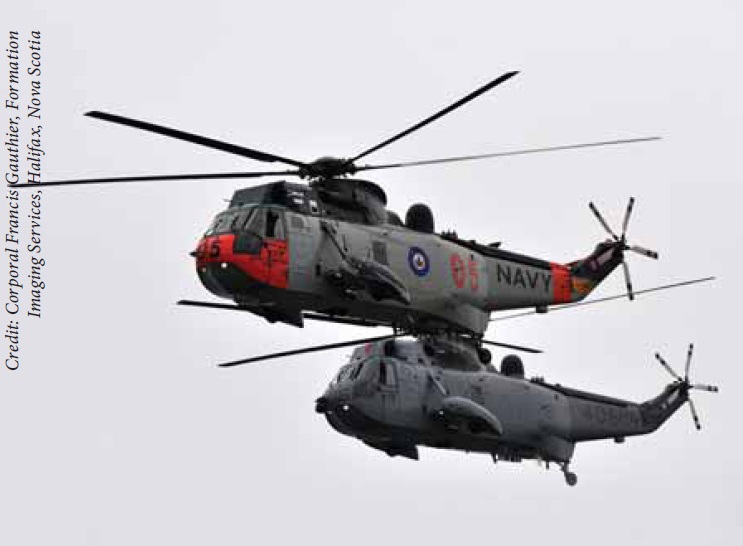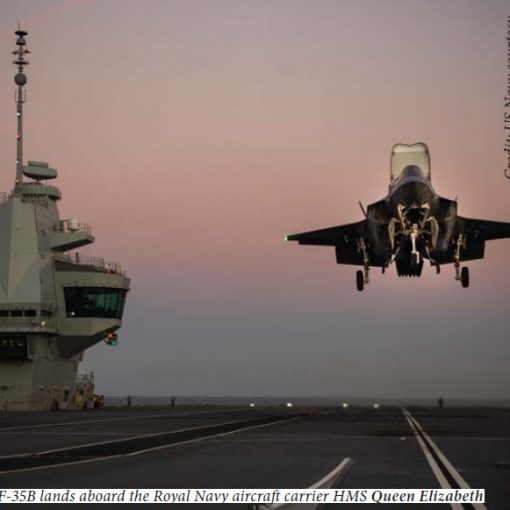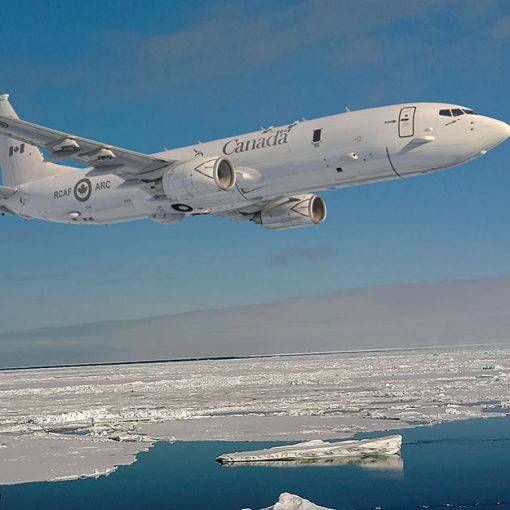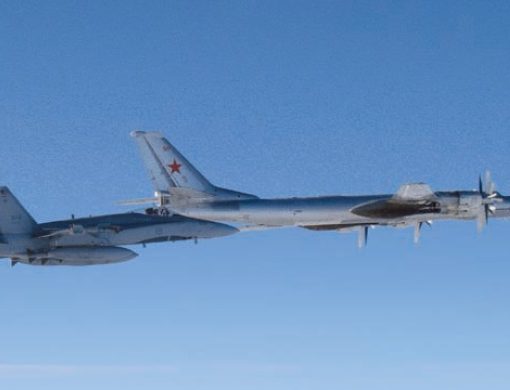Residents of Halifax are sighting the Sikorsky H-92 Cylcone in flight over the Shearwater airfield and in the local area. I saw the first one last Saturday, but other residents are reporting that they have been active around the airfield for the last three weeks.
The Cyclone has a distinctly different sound in flight than the Sea King, the SAR Cormorant, the coast guard MBB helicopters or the Bell aircraft used by the provincial air ambulance service. Anyone who pays attention to such things will recognize it immediately as ‘something new’. The tone of the engines is definitely lower than that of the Sea King and perhaps a bit louder, though not as much as I was led to believe through reports from sightings in the United States. They also have a different profile and colour than the Sea King, which is more upright and darker. The Cyclone is still painted in USN grey, rather than the RCAF marine-grey.
Canadian pilots who have flow the ‘interim’ aircraft, under the supervision of a Sikorsky company pilot, report in glowing terms about the stability and precision of the flight controls. One ground crewman said, “They come out of the aircraft just beaming. It does exactly what a modern aircraft should do.” That they are moving up at least two generations in helicopter technology from the Sea King must also be taken into account, but first reports are all positive.
The big question is whether or not the fact that the new helicopters are flying is any indication of a breach in the impasse between the federal government and the aircraft manufacturer. Previous reports were that instructions had been given not to use the aircraft until an agreement had been reached about delivery of the final production version of the helicopter. I have learned that the aircrews have been moving forward with ground school instruction and flight simulator drills throughout this process and had reached the point to begin actual in-flight training. That it has gone ahead should be a good sign.
It makes sense to fly the aircraft in the operational setting and by the people that will be using it. Up until now, only test pilots have flown the aircraft in the United States. Getting feedback from the experienced pilots that will become the RCAF instructors and leaders of the units will add significantly to our understanding of this aircraft.
A rumour is circulating of a ‘major announcement’ coming in either late December or early January about the future of this aircraft. After some early concerns that the government was on the verge of abandoning the project, the fact that the aircraft is flying and doing well may lend credibility to the argument that the Cyclone will be accepted after all. The terms of the acceptance may include a number of reservations but it remains to be seen how pedantic the government will be and how accommodating the manufacturer will be in reaching them. It is an important step in the process for both parties. I believe an agreement can and will be reached.





